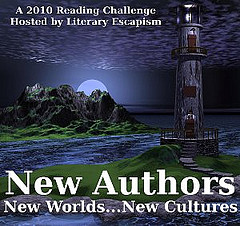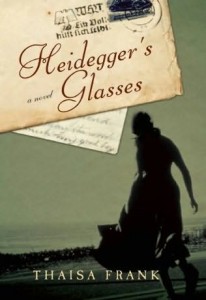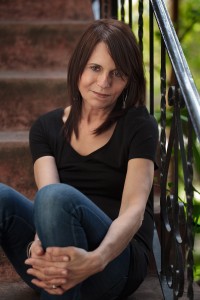
Meeting these characters initially, readers will find Mrs. Parker of few words and Mr. Parker very vocal about his town and his life. Parker in many ways is similar to Mr. Collins in how he pontificates about Mrs. Denham, the town’s patroness. Despite an invitation to the Heywoods to spend time in Sanditon, the Parkers had to be content to take one of the daughters, Charlotte. On the way home, Mr. Parker tells Charlotte about Mrs. Denham and the rest of Sanditon.
“‘There is at times’ said he — ‘a little self-importance — but it is not offensive; — and there are moments, there are points, when her love of money is carried greatly too far. But she is a goodnatured woman, a very goodnatured woman, — a very obliging, friendly neighbour; a cheerful, independent, valuable character. — and her faults may be entirely imputed to her want of education.” (page 166)
Parker believes the sea waters will cure all ills and make sure everyone is healthy, even those who claim to be healthy already. The introduction describes the outrageous nature of Austen’s hypochondriacs in this novel and attributes the characterizations to her need to lighten her burdens since she had been ailing for about a year before her death. Whether true or just speculation is hard to say, but it is clear that Austen’s experiences in Bath and with the healing waters got her thinking about her own society and its dependence on these waters to cure their ills.
As the novel progresses, readers will find that Austen has ventured into territory that she is not as familiar with, in that Charlotte Heywood becomes a narrating commentator on this new society in Sanditon. Readers will enjoy the fresh look at society and their tendency to become ill and recover miraculously when they are needed. Austen clearly had begun branching out beyond simply highlighting the societal hypocrisy among courtship rituals to discuss other topics like charity to those less fortunate and generating a prosperous town without commercializing it too much.
Overall, Sanditon by Jane Austen may be unfinished, but well worth reading to see how Austen’s work had grown and was about to flourish further. It is not quite clear who the hero of the novel would have been — although it could be speculated that Uncle Sydney Parker is the hero. It is clearly not Sir Edward, and the heroine could be Charlotte, though readers’ connection to her because of her observer status and her plight is not all that strong and could signal that Austen had another heroine in mind. Readers will have fun visiting this seaside resort and its quirky characters, as well as fun speculating where Austen was heading with this story.

 This is my 10th book for the Everything Austen II Challenge.
This is my 10th book for the Everything Austen II Challenge.










 About the Author:
About the Author:







